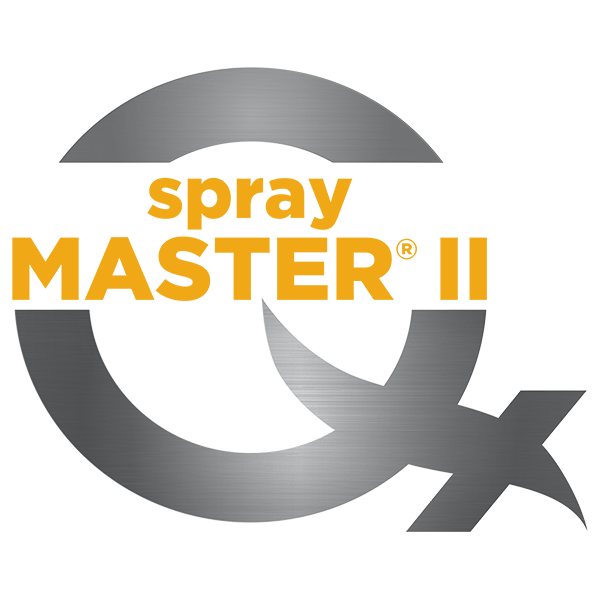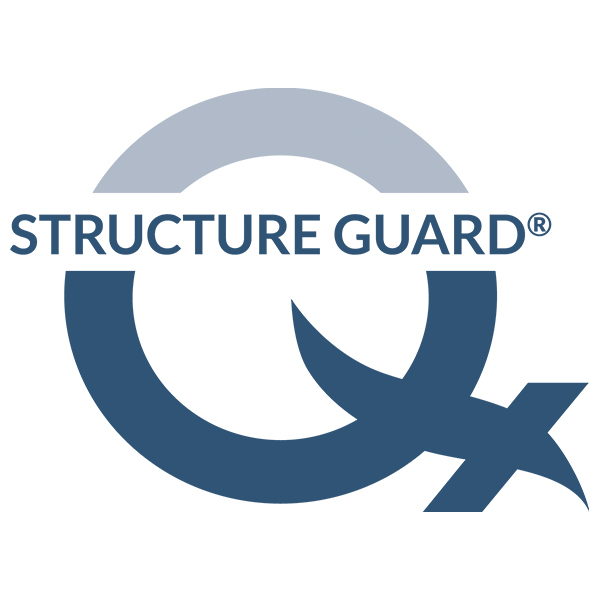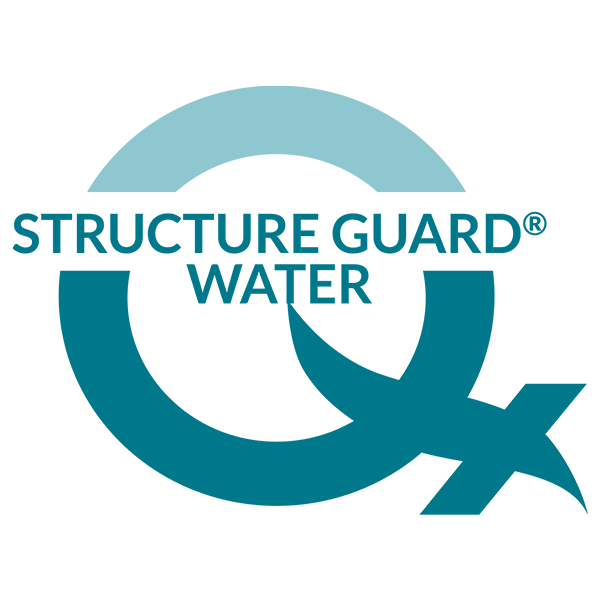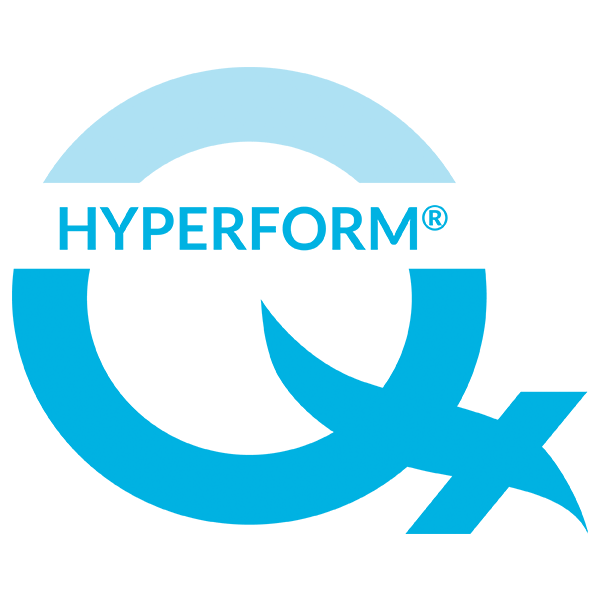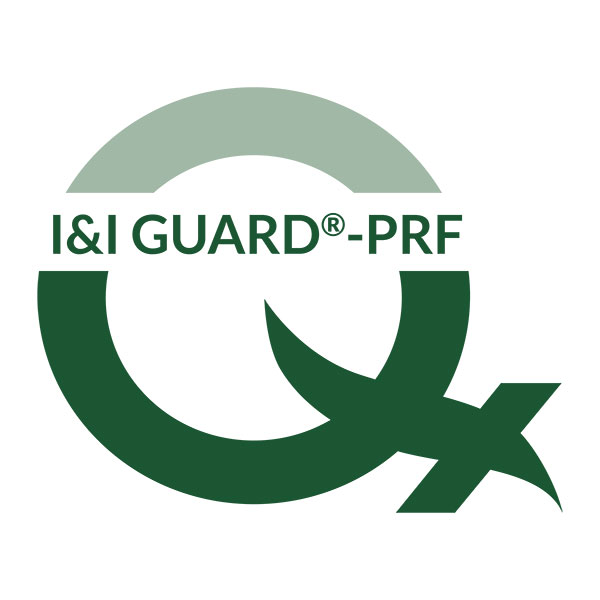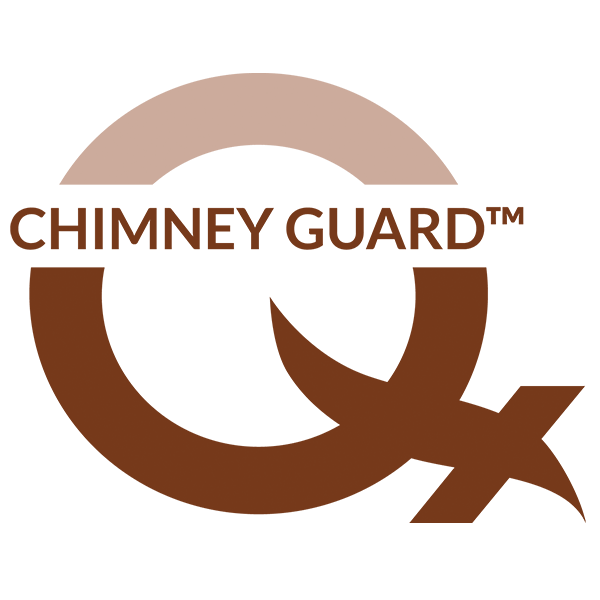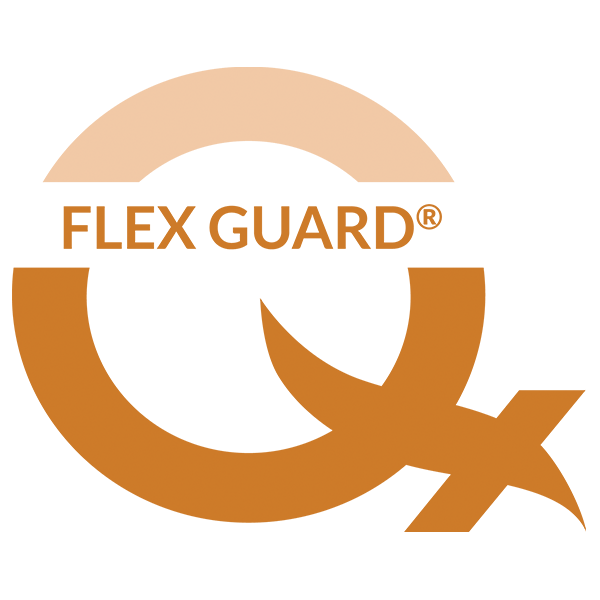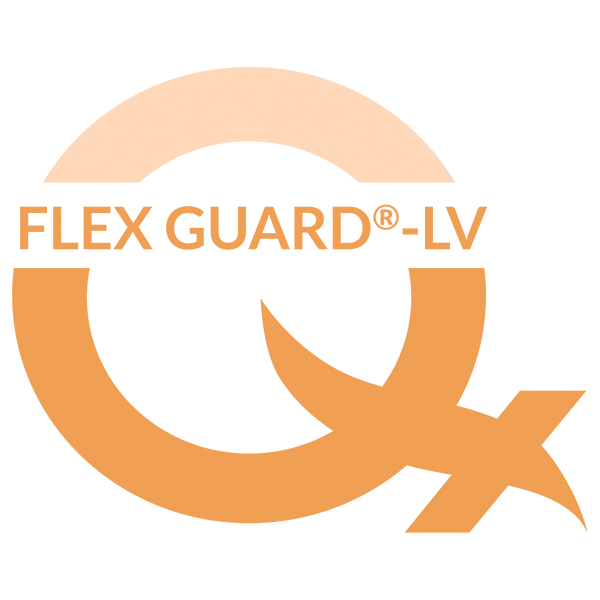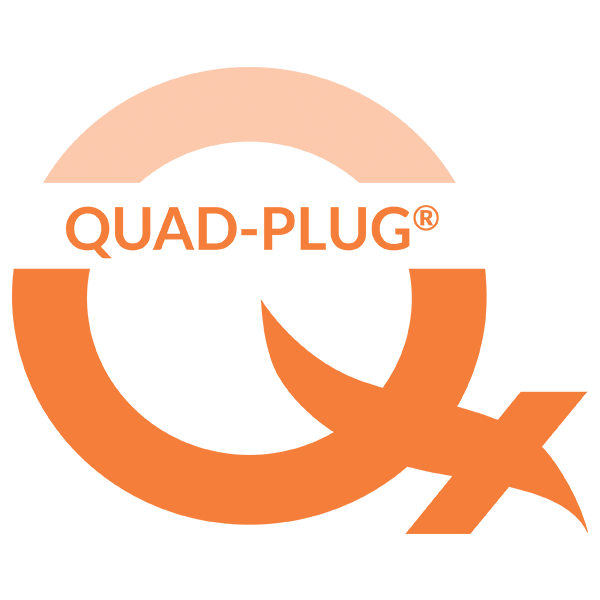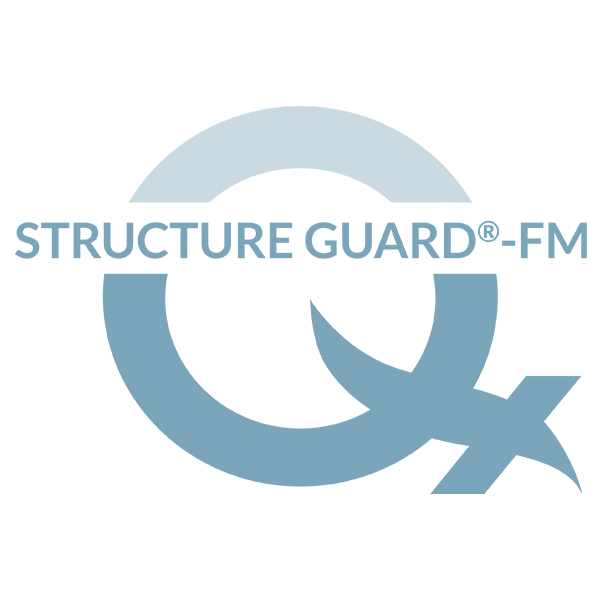Coating performance is largely determined by the degree of surface preparation. MORE IS BETTER.
EXISTING CONCRETE AND MASONRY substrates must be prepared in a manner that provides a uniform, sound, clean, neutralized surface with sufficient profile suitable for the specified coating. The substrate must be free of all contaminants, such as oil, grease, rust, scale or deposits and have a surface profile equivalent to a CSP3 to CSP5 in accordance with ICRI Technical Guideline No. 03732. This
can generally be achieved by abrasive blasting, shot blasting, high pressure water cleaning, water jetting, acid etch, hot water/steam cleaning or a combination of methods.
NEW CONCRETE AND MASONRY SUBSTRATES must be profiled to achieve a CSP4.
STEEL surfaces may require “Solvent Cleaning” (SSPC-SP 1) to remove oil, grease and other soluble contaminants. Chemical contaminants may be removed according to SSPCSP 12/NACE No. 5. Identification of the contaminants, along with their concentrations, may be obtained from laboratory and field tests as described in SSPC-TU 4 “Field Methods for Retrieval and Analysis of Soluble Salts on Substrates”. Surfaces to be coated should then be prepared according to SSPC-SP 5/NACE No.1 “White Blast Cleaning” for immersion service or SSPC-SP 10/NACE No. 2. “Near White Blast Cleaning” for all other service. In certain situations, an alternate procedure may be to used such as high (>5,000 psi) or ultrahigh (>10,000 psi) pressure water cleaning or water cleaning with sand injection. The resulting anchor profile shall be 2.5-5.0 mils and be relative to the coating thickness specified.

